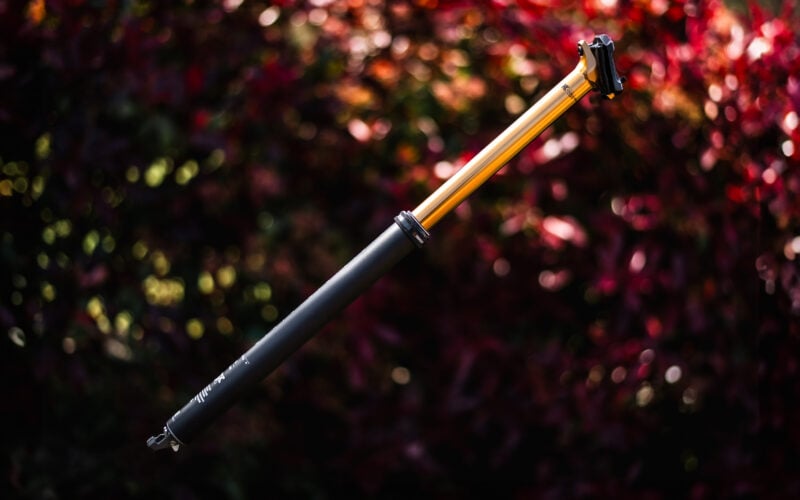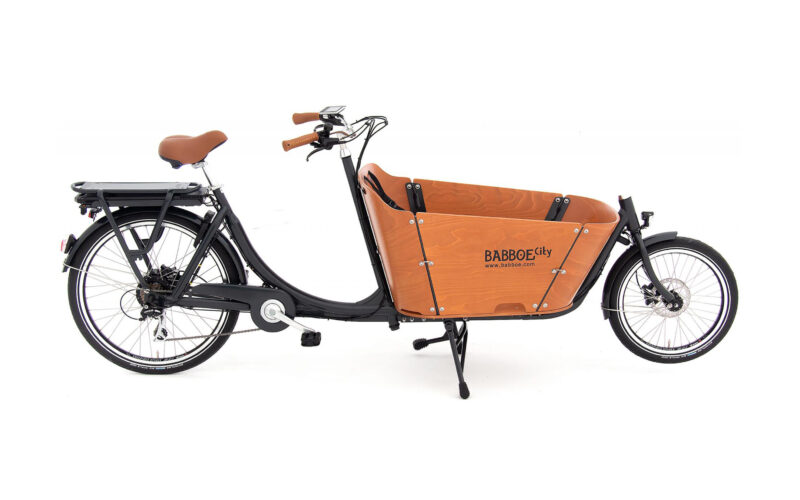Günzburg is a little romantic city located on the banks of the river Danube, Swabia, Bavaria, South Germany. The city of Günzburg dates back nearly 2000 years and has a population of about 20.000 inhabitants.Günzburg, city markt and cow towerGünzburg was founded in about 70 BC by the Romans to defend the borders of their land along the Danube, it was known as Castellum Guntia. After the Romans left in the fifth century, the Alamanni tribe settled there.
Gunzburg, former Austrian military barracks
In 1301 the town became part of the Habsburg house and was developed into the centre of the margraviate of Burgau; for a time it was even the capital of all Further Austria. Very near Günzburg is the site where the "Leipheim Horde" was defeated by the Swabian army in 1525 during the German Peasants' War.
The same site saw the first flight by a Messerschmitt Me 262 in 1942. On the ninth of October, 1805, elements of the Sixth Corps of Napoléon's Grande Armée assaulted Austrian positions in Günzburg. In 1806, through the Franco-Bavarian alliance, Günzburg was integrated into the Kingdom of Bavaria.
Günzburg, the Korczak monument.
Janusz Korczak, the pen name of Henryk Goldszmit (1878 or 1879 – 1942), was a Polish-Jewish educator, children's author, and pediatrician. After spending many years working as director of an orphanage in Warsaw, he refused freedom and stayed with his orphans when the institution was sent from the Ghetto to the Treblinka extermination camp, during the Grossaktion Warsaw of 1942.
In April 1945, near the end of the WWII, the city of Günzburg was bombed by the allies.
Günzburg is the birthplace of Dr. Josef Mengele /Nickname Angel of Death/, medical officer at Auschwitz.
Günzburg Frauenkirche
The main historical atraction in Günzburg is the rococo-style church named Frauenkirche, which has been built by Dominikus Zimmermann from 1736 until 1741. In 2002 Legoland built a theme park near the town.
Fot. Elisabeth Fazel.


































































